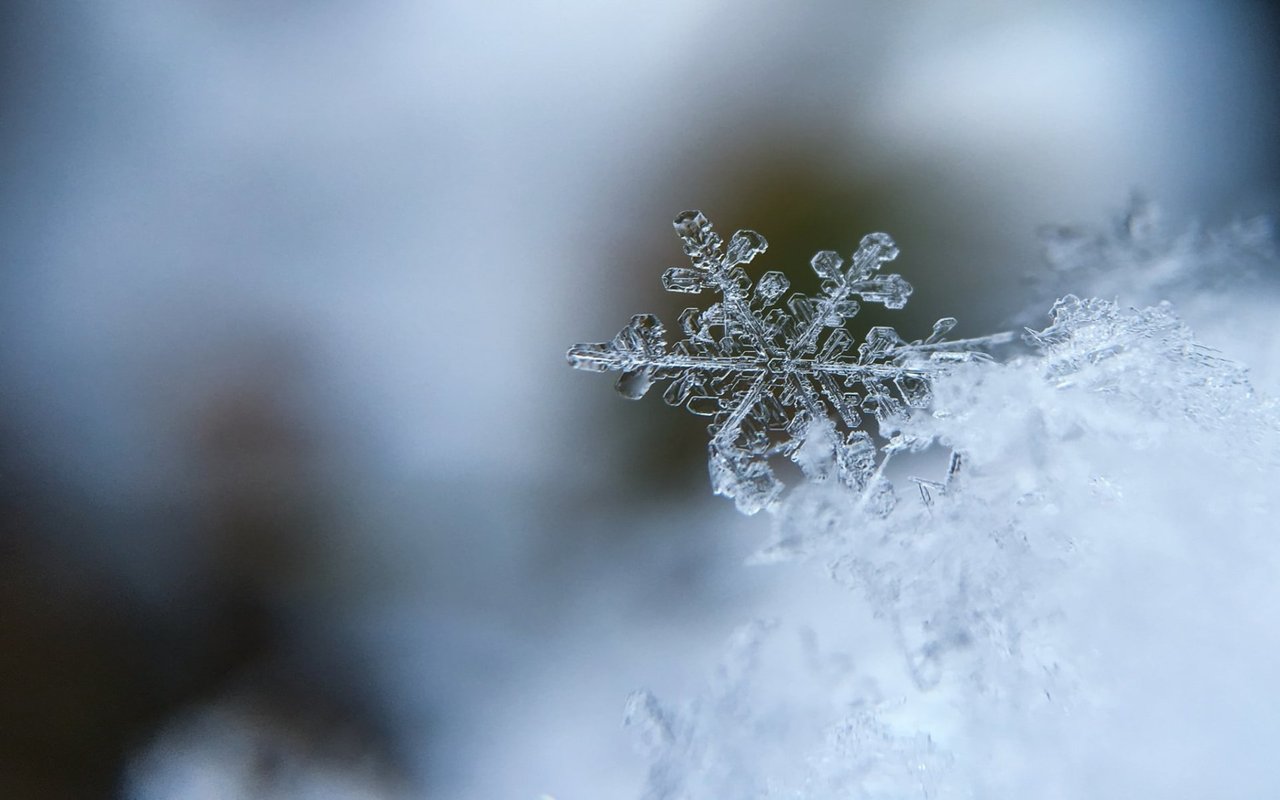Winter is coming. Well, maybe not immediately, but the season that can be the hardest on our homes is nonetheless approaching.
Winterizing your house might seem complicated, especially if you’ve never done it before. But if you follow these tips, you’ll be ready for snow, sleet, or hail before you know it (or at least before the inclement weather actually arrives).
Start Now!
Even though winter isn’t technically happening for several more weeks, it’s a smart move to start thinking about your winterizing needs and working on them right now. By the time the first cold snap hits, everyone is going to realize that they need to get moving on the winterizing, and that’s not a good time to book appointments to replace insulation or manage any repairs that might be needed.
On the other hand, if you start early, you’ll be able to book all the professional help you need — and the supplies you’ll require will be on hand and available at the hardware store. So even if you skip some of the items on this list, make sure that starting early isn’t one of them.
Inspect Your Roof
Your roof gets a lot of battering from Mother Nature, whether that’s in the form of precipitation, intense sunlight, or a mixture of both. And fixing any issues with your roof (or replacing it entirely) are much, much easier and cheaper to do in the summertime than in the wintertime, when you’ll be battling the elements to get the job done.
Instead, get your roof inspected as soon as possible, and ask the roofing expert for specific suggestions about what needs to be done (if anything) before winter hits. It’s always a good idea to choose an inspector you trust, so talk to your neighbors and your real estate agent to get referrals for a good roof inspector.
Check Windows, Doors, and Vents for Air Leaks
When a house feels drafty or too cold in the winter, it’s almost always because the windows, doors, or air vents aren’t well-sealed and are leaking all your warm air outside while allowing cold air inside. Before that winter wind really starts blowing, check all your openings to the outside for leaks and seal them up.
Replacing doors and windows especially can be pretty expensive. If you’ve got an older house with a lot of drafty windows, hanging plastic sheeting over those windows can seal them up and prevent leaks without sacrificing any sunlight in the process. You can buy kits to plastic-seal your windows at home improvement and hardware stores.
Caulk and Weatherstrip
Once you have an idea of where the drafts are around your windows and doors, one way to postpone replacing the window or door is by reinforcing the caulking or adding weatherstripping. Both help seal the portal to the outside, keeping the warm air in your house inside and preventing the cold outside air from seeping through.
Whether you want to caulk or weatherstrip will depend on both your doors and your own comfort levels. Weatherstripping tends to be simpler; caulking certainly isn’t hard, but if it’s intimidating, don’t hesitate to watch a few hundred YouTube videos or hire a helper to assist you.
Clean (and Consider Sealing) Your Chimney
If you have a chimney connected to a fireplace, then cleaning it out before winter can really improve the air flow throughout your entire home, especially if it’s a chimney for a wood fireplace.
Of course, improving the air flow might make the chimney more useful on a day-to-day basis, but it also is another way for drafts to enter your house. To prevent this, if you aren’t going to use your fireplace in the winter, use a chimney balloon to seal the leak.
Clear Your Gutters
Full gutters and a rain or snowstorm add up to a really great way to damage your roof. After most of the leaves have fallen off any nearby trees, but before winter really sets in, grab a ladder and spend a weekend afternoon clearing out any debris from your gutters so that rain and snowmelt will have an exit path from your roof.
You can also hire contractors that will do this job for you — and their ladders may reach higher than yours, so it’s definitely worth considering if you’re uncomfortable with heights or don’t have the equipment.
Protect Your Plants
Depending on the local climate, some plants are going to fare better outside in the wintertime than others. Even some perennial bulbs are so sensitive to the cold that you need to dig them up and bring them inside in the wintertime or they’ll die.
You know better than anyone else what kinds of plants are in your garden and what you need to do to prepare them. Some might need to be potted up and brought inside, while some might be perfectly happy spending the winter under a thick blanket of snow. Whatever the case, do a little bit of research around what the plants in your garden prefer, and then treat them accordingly.
Prep your pipes
In areas where winter temperatures are typically below freezing, there’s a risk of frozen pipes. Water expands when it freezes, so frozen pipes can present a huge problem because the pipes can easily burst, resulting in an unwelcome flood when the freeze thaws.
If you have a sprinkler system and the winters are cold where you live, it’s a good idea to get it blown out with air in the wintertime so there’s nothing in the pipes to freeze.
Inside the house, the pipes most at risk are ones that run along exterior walls where there is little or no insulation. You can insulate individual pipes or add more insulation to the walls; another solution is to let any faucets connected to these pipes run at a very slow drip, which can help prevent freezing. And check all your faucets, inside and outside, throughout the winter (weekly is a good rule of thumb) to make sure they’re running.
Change Your Furnace Filters
When was the last time you replaced your furnace filter? Depending on how many animals you have in the house, it’s probably been two long — most furnace filters should be replaced at least twice a year, and some of them as often as six times a year.
The arrival of winter is always a good time to make sure your furnace is operating at peak capacity, so it’s especially important to remember to change your filter.
Drain and Store Garden Hoses
Like pipes, garden hoses with water inside them can freeze and burst. When you’re finished with the garden hoses for the season, disconnect them, drain them, and store them somewhere safe until you’re ready to break them out again in the springtime.
Drain and Store Any Window A/C Units
If you use a window air conditioning unit, you’ll definitely want to put it away before winter arrives in force. They’re lovely for cooling your house down, but they let in an awful lot of outside air when you aren’t using them. Unplug the unit, drain it (there will be water inside it), and stash it in a storage space until you’re ready to re-install it next spring.
Reverse Your Ceiling Fans
You may have learned in science class that hot air rises. And you can take advantage of that fact in the wintertime by reversing your ceiling fans, if you have them, so that they spin the opposite direction. This will push the warm air close to your ceiling down, where you can actually feel it and enjoy it, instead of keeping it up against the ceiling and away from you, which is better during summer months.
Change Your Thermostat (and Keep It There)
If possible, it’s a good idea to keep your house at more or less the same temperature throughout the winter. Big fluctuations up and down increase the chance that you might experience a problem like the pipe freezing. So set the thermostat at a reasonable level and do your best to ensure it stays there.
Flush Your Water Heater
Water heaters can accumulate sediment over time, and the sediment can interfere with the heater’s operation. If you haven’t flushed your water heater, think about doing so before winter hits so that your heater is operating at peak condition once the cold is here and you really want a hot bath.
Increase Your Insulation
If you’re starting the winterizing process early enough, it might be a good idea to assess your current level of insulation and beef it up if you think it’s inadequate. Depending on when your house was built and what kind of insulation was used, this can make a big difference in how warm it stays during the winter; well-insulated houses won’t let warm air escape, keeping things nice and cozy inside.
Insulate Your Pipes and/or Your Water Heater
One way to increase your home’s efficiency and keep pipes from freezing is to insulate them. This can be a smart thing to do for pipes that travel along outside walls if your house isn’t well-insulated and the winters are very cold in your area. You can also get blanket insulation for your water heater that fits over the heater and will help keep the water hot for longer. If frozen pipes or lukewarm winter water are a challenge for you, insulation could be the solution.
Add Storm Doors
A storm door provides a buffer from the cold outside in a couple of ways — first, by serving as an additional barrier between the front door and Mother Nature, and second, by allowing less warm air to escape when you enter or leave the house. These can be expensive, depending on your needs, but they are very effective at eliminating drafts and air seepage from your home’s main entry.
Check Your Toolbox
Before you settle in to enjoy winter, check to make sure you have everything you’ll need when it arrives. Is your snow shovel in good shape? How about snow brushes or ice scrapers for your cars? Are there gloves, hats, and scarves easily accessible so you can grab them before you go? What else might you need to deal with the weather ahead?
By taking an inventory of your tools before you need them, you won’t be unpleasantly surprised by a shovel handle snapping off right when you need it most, or trying to scrape ice off your windshield with a credit card.
Winterizing isn’t as challenging as it might seem; one of the hardest parts is figuring out what to do (and skip) for your own home. If you aren’t sure whether one of these tips is worth it, talk to your neighbors or ask your real estate agent what they do and what’s typical for the area, so you don’t miss anything critical.



